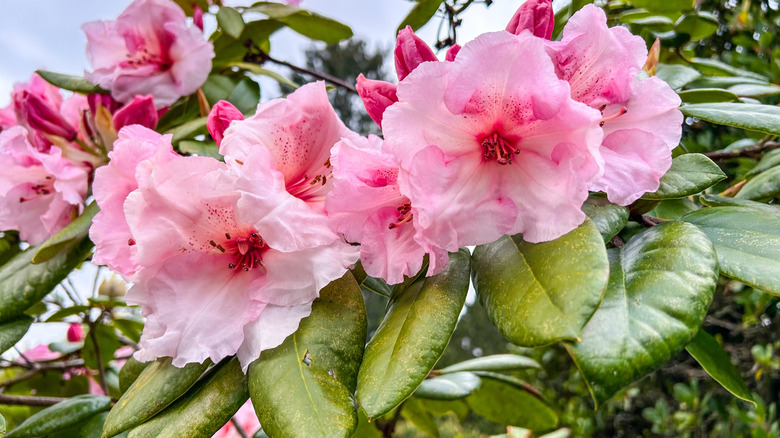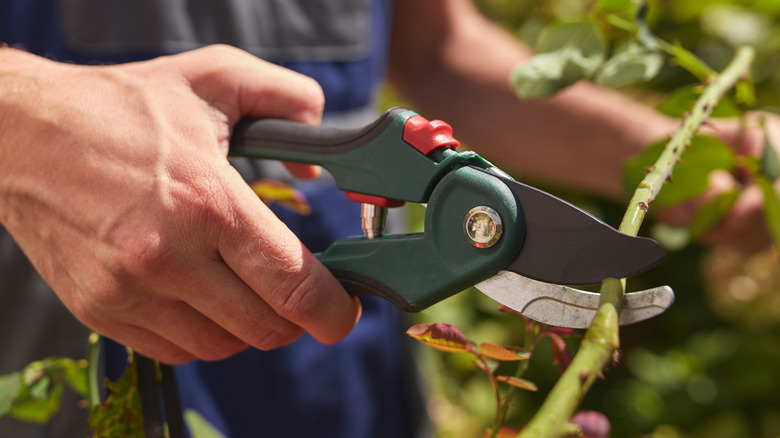The Timing Tip You Should Know Before You Take Cuttings From Your Evergreen Plants
Evergreen plants are extremely popular among gardeners for a number of reasons. They reward you with breathtaking foliage all year long and provide constant food and shelter for wildlife. There are also several evergreen hedges and shrubs that provide privacy during winters, so you can maintain your privacy year-round. No wonder everyone wants to keep propagating these garden workhorses and have a healthy stock ready throughout all seasons. Although most of these evergreen plants can be easily propagated from cuttings, depending on the time of the year, different types of cuttings tend to be especially suitable for successful propagation.
Softwood cuttings, taken from new shoots of green wood, are ideal for propagation before mid-summer, as plants are beginning to grow for the season. From late summer to early fall, semi-hardwood cuttings (also called semi-ripe) become optimal for rooting; and hardwood cuttings are the go-to option for late fall into winter, when the plants are dormant. Although softwood cuttings are the fastest among the three cutting varieties to form roots, they also lose moisture at a rapid pace and often need to be covered to maintain moisture. This makes them more likely to wilt and rot, and therefore, not very suitable for propagating evergreen plants. Taking semi-ripe or hardwood cuttings later in the season often works better for evergreens.
Propagate evergreen plants in fall with semi-hardwood cuttings
Semi-hardwood cuttings are the best option for growing evergreens from mid-July to early fall. By this time, the growth from the current season already matures a little, and the cutting has the best chances of forming roots without drying out. Broadleaved evergreens, such as rhododendrons and boxwood, are some of the best plants for propagating in fall using semi-hardwood cuttings. Fall is also the best time of the year for planting azaleas for stunning blooms.
One of the ways to recognize semi-ripe stems to cut for propagating is to see if the stem is firm but still flexible. The cutting should bend easily and break with a snap. Make sure the cuttings are taken from plants that are free from diseases. Keep in mind that unlike the cuttings taken during summer, which are fairly quick to root by themselves, those taken during autumn may need a heated propagator to root quickly. Once these cuttings develop roots, you also need to give them around two to three weeks to get acclimated to the outer world. Ignoring this hardening-off process is one of the common mistakes gardeners make when transplanting seedlings.
Furthermore, you can also grow some evergreen plants from hardwood cuttings, taken during late fall, winter, or early spring. These cuttings are taken from the woody part of the stems that have grown from the previous season, and therefore, are completely firm. Hardwood cuttings are best suited for needled evergreens, and, even if they may not develop roots at a rapid pace, they are successful more often than not.

